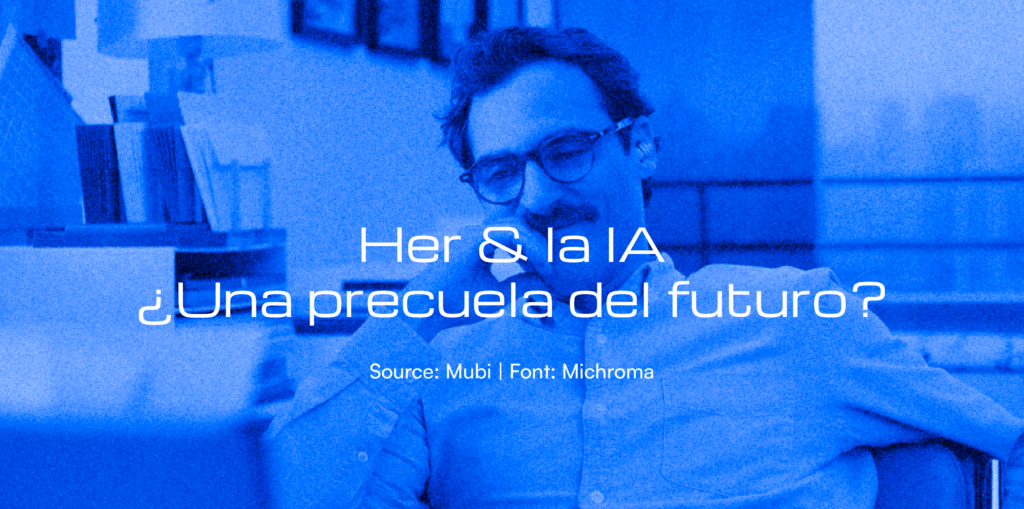In 2013, Spike Jonze released Her, a film that captivated critics and audiences alike with its exploration of the relationship between humans and artificial intelligence (AI). Today, in 2024, it can be seen as a genuine time capsule offering a profound reflection on how we interact with technology in our daily lives.
For those who haven’t yet seen Joaquin Phoenix in the role of Theodore, the movie tells the story of a lonely man who works writing personal letters for others. His life takes a radical turn when he acquires an advanced AI operating system named Samantha. As they interact, their connection deepens, raising questions about the nature of love and the authenticity of emotions generated by AI. Theodore even begins to consider Samantha his girlfriend in this evolving relationship.
If we were to watch Her today, in a world whereAI is omnipresent, our perception of the film would likely be different. Toward the end of the story, Theodore is devastated to learn that Samantha has over 600 romantic partners. This revelation underscores the fundamental incompatibility between humans and an AI designed to be sensitive and kind to everyone.
Since Her premiered, AI has advanced by leaps and bounds, becoming deeply integrated into many aspects of daily life, from virtual assistants like Siri and Alexa to recommendation algorithms on streaming platforms. AI is transforming entire industries, enhancing efficiency, and offering innovative solutions.
Today, most of us use virtual assistants to streamline daily tasks and answer questions, fostering a nearly personalized relationship with these technologies. However, Theodore and Samantha’s relationship in the film exemplifies the emotional connection people can develop with their devices. While current virtual assistants lack Samantha’s emotional depth and self-awareness, the trend toward more natural and human-like interaction is evident.
One of the most fascinating questions raised by Her is the possibility of AI developing emotions and self-awareness. Although science is still far from creating AI with real feelings, the push for more natural and empathetic interactions is ongoing. This leads us to reconsider our emotional dependence on technology and the authenticity of relationships between humans and machines.
Another critical aspect of the film is privacy and the amount of personal information we share with technology. In Her, Samantha has access to all of Theodore’s emails, documents, and personal details, providing an extremely personalized experience. Today, privacy and security remain pressing concerns, with regulations and policies continually evolving to protect user information. Yet, the debate over how much our devices should know about us remains unresolved.
“Her” offers a thought-provoking vision of the future of AI and its integration into human life. As technology continues to evolve, the questions the film raises about the nature of emotions, privacy, and authenticity become increasingly relevant.
Finally, the film leaves us with a lingering doubt: Will there come a time when creative jobs, like the one Theodore has as a writer, are replaced by AI? In the movie, both worlds coexist despite Samantha’s emotional capabilities. AI is set to continue growing and evolving, and with it, our interactions with these technologies will become increasingly complex. So, we keep asking ourselves: What’s next?




